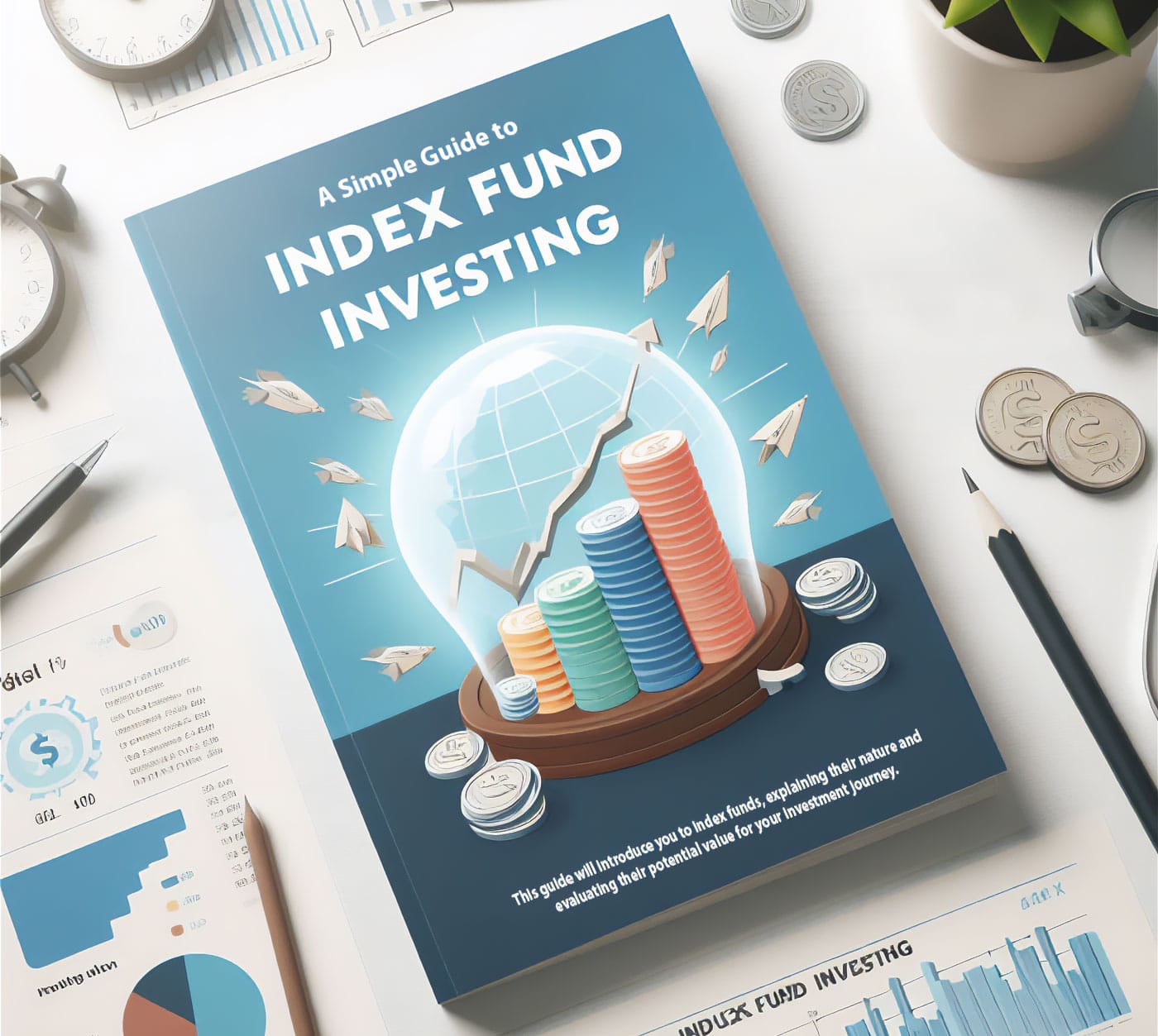This guide delves into the essence of growth and value investing, helping you understand these strategies to find the one that resonates with your investment style.
What Is Growth Investing?
Growth investing is a strategy where you look for companies you think will grow faster than others. These companies might not be big or well-known yet, but the idea is that they have the potential to become much larger and more valuable over time.
Instead of picking companies that already pay out a lot of money to their shareholders (like dividends), growth investors look for those that reinvest their earnings to expand, develop new products, or enter new markets.
The hope is that all this reinvestment will make the company's stock price go up a lot in the future, even if the stock price appears high in terms of metrics like price-to-earnings (P/E) ratios.
Key Characteristics of Growth Investing
- Focus on innovation. Growth companies are often on the cutting edge of technology, healthcare, and other sectors driven by innovation.
- Higher risk and volatility. The promise of higher returns comes with increased risk and price volatility.
- Reinvestment over dividends. These companies typically reinvest earnings back into the business, so dividends are rare.
What Is Value Investing?
Value investing is a strategy where you look for stocks that seem cheaper than they should be, based on how well the company is doing or how much money it makes.
The idea is that, over time, other people will realize these companies are like hidden gems, and their stock prices will go up. These stocks often have low P/E ratios and high dividend yields. Moreover, the goal is to invest in companies that are undervalued by the market but have the potential for steady growth over time.
Basically, you focus on getting a good deal now, aiming to make money by buying low and selling high later on.
Key Characteristics of Value Investing
- Market inefficiencies. Value investors capitalize on stocks that the market has overlooked or undervalued.
- Lower risk and volatility. These investments tend to be less volatile and offer a margin of safety during downturns.
- Dividend yields. Value stocks often pay dividends, providing an income stream to investors.
A Comparative Look At Growth and Value Investing
The choice between growth and value investing depends on your financial goals, risk tolerance, and investment horizon. Here are the main differences that set both strategies aside:
Growth Investing
- Growth stocks typically perform well in bull markets
- Focus on younger, fast-growing companies
- Growth investing often requires a longer time horizon to allow companies to realize their potential
- Select companies reinvest earnings into growth, less likely to pay dividends
- Growth investing can offer higher returns but comes with increased risk
Value Investing
- Value stocks can be more resilient in volatile or declining markets
- Look for established companies with stable but slower growth
- Value investing can sometimes offer quicker returns if the market corrects the undervaluation
- Choose the companies that often generate steady income and pay dividends
- Value investing offers low risk and volatility across different market conditions
That said, some investors choose not to pick sides but instead blend growth and value strategies to balance risk and reward.
This hybrid approach allows you to diversify your portfolio, capitalizing on the rapid growth of some companies while also benefiting from the stability and dividends of value stocks.
Wrapping Up
Each strategy has its merits and pitfalls, and the right choice varies from one investor to another. By assessing your financial goals, risk tolerance, and investment timeline, you can choose a path that aligns with your vision for financial success.
Whether you lean towards the potential of growth stocks, the stability of value investments, or a combination of both, the key is to stay informed and adapt as the market evolves. Here's to making empowering investment choices that pave the way to your financial prosperity in 2024 and beyond!








